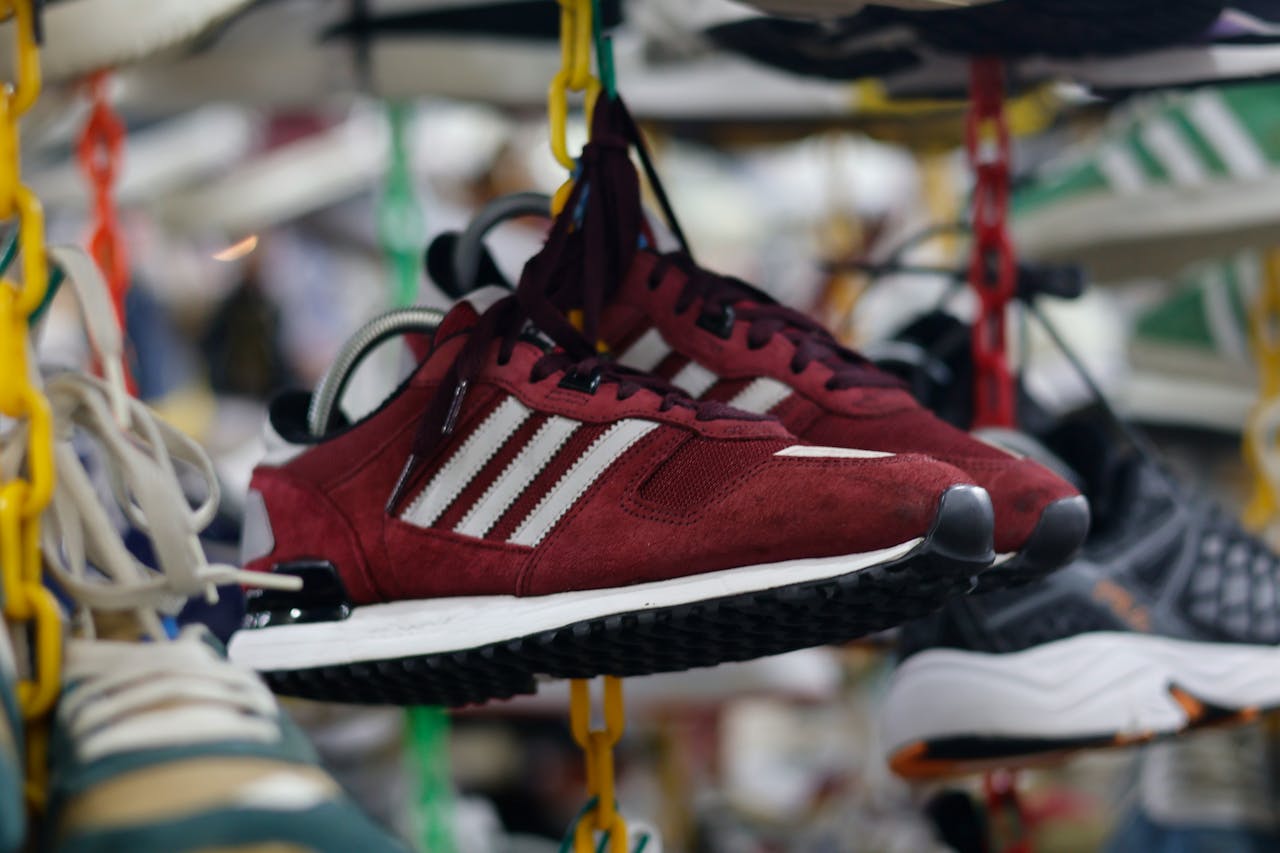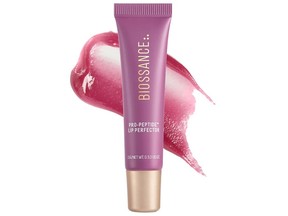
Resale sites can be an antidote to fast fashion – but positioning is key
Microtrend ‘cores’ boost the resale economy but can still feed the fast-fashion beast, says Charity Swales of Connective3. Brands must be careful to avoid charges of greenwashing.
With a 275% increase in brand-owned resale platforms in the past few years – from companies including Nike, Levi’s, and Gucci – resale has become the fast-fashion equivalent of businesses planting trees.
On the surface, as part of a company’s sustainability strategy, these actions can be a positive step towards reducing environmental impact. But, when a company doesn’t take other necessary steps, consumers can perceive it as greenwashing.
Considering the fashion industry produces around 100 billion new garments per year, a whole lot of reselling would have to be done to offset the environmental damage caused by production. The question is, might fast-fashion brands launching these platforms to further draw attention to their corporate sustainability reports do them more harm than good?
Powered by AI
Explore frequently asked questions
Something old, something new
Fast fashion taps into the consumer drive for instant gratification, affordability, choice, and social status and is heavily tied to the trend cycle. In recent years, the cycle has rapidly accelerated due to short-form content platform TikTok. Trends that would have taken 20-30 years to come back into fashion are now returning after just 5-10 years.
Repackaged as highly marketable lifestyle aesthetics called ‘cores,’ in the past few months, we’ve seen everything from ‘bloke core’ (think football tees and sambas) to mob-wife aesthetic (think fur coats and leopard print) come and go. Through the lifecycle of these trends, fast fashion brands naturally hop on to market their products – and some major fast-fashion brands can produce a line of clothing per week.
Advertisement
These ‘cores’ can be leveraged to market pre-existing products that might have otherwise been sent to landfill rather than creating new lines. Creating new lines to fit in with these ‘cores,’ which last a matter of months, often means that once these land on the website or shop floor, they are already branded outdated at the time of marketing.
For example, a few fast fashion brands failed to launch their ‘brat’-themed lines in good time, with many only going on sale weeks after Charli XCX herself claimed ‘brat summer’ was officially dead. With these trends having such a high turnover, in a matter of months, pieces are going from production to landing on second-hand sites. And when not sold, landfill.
Advertisement
Walk the walk
The fast-fashion business model, along with the increasingly rapid trend cycle, make it hard for brands to pitch sustainable messaging around their resale sites – without being seen as greenwashing. Any sustainable communications are likely to draw further attention to this business model. Many studies have shown that companies using sustainable marketing communications that don’t align with their values can lead to a higher level of scrutiny of their actions.
Numerous studies reveal that increased greenwashing negatively correlates with brand attitude and purchase intention. With many consumers receiving activism-related information on platforms like TikTok, negative brand word-of-mouth can spread quickly, and the narrative can be hard to control.
The takeaway is: don’t walk the walk before you can talk the talk. Before planning any campaigns or business updates that enter the realm of sustainability, you should assess the current corporate social responsibility landscape to check for alignment with the messaging you’re pushing.
This is particularly important in industries like fast fashion, where the supply chain is designed with overconsumption in mind. Avoiding buzzwords such as ‘more sustainable’ or ‘greener’ leaves your brand less open to perceived greenwashing. Instead, you should lead with facts and statistics, and any partnerships or influencers used should feel authentic and aligned with the values of the messaging.
Fast fashion brands that make sustainability claims have to be prepared to answer questions about the negative parts of their business model. For example, the brands launching resale platforms will likely have to answer questions on the production aspect of the supply chain, such as the longevity of garments and the environmental impact of overproducing garments. It’s better to focus on how the production is being made more sustainable.
All in all, sustainability should be all about what you’re doing and not what it looks like you’re doing. As marketers, we need to make sure we’re hyper-aware of this within our strategies.
Suggested newsletters for you
Daily Briefing
Daily
Catch up on the most important stories of the day, curated by our editorial team.
Ads of the Week
Wednesday
See the best ads of the last week – all in one place.
The Drum Insider
Once a month
Learn how to pitch to our editors and get published on The Drum.


